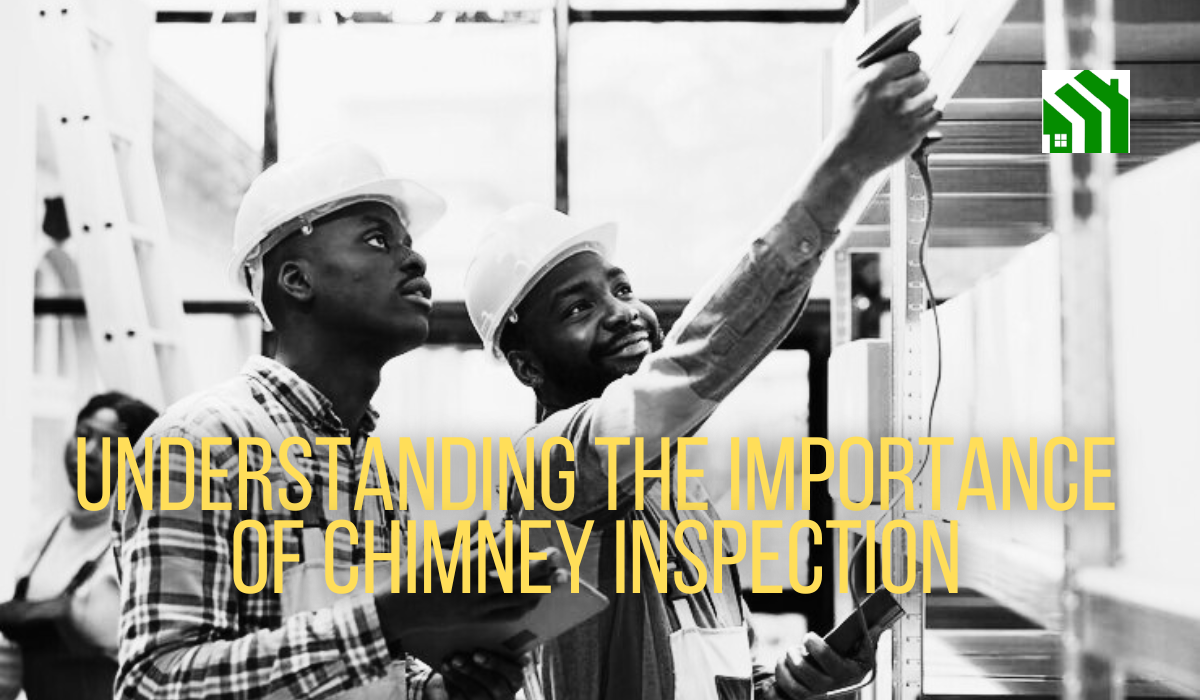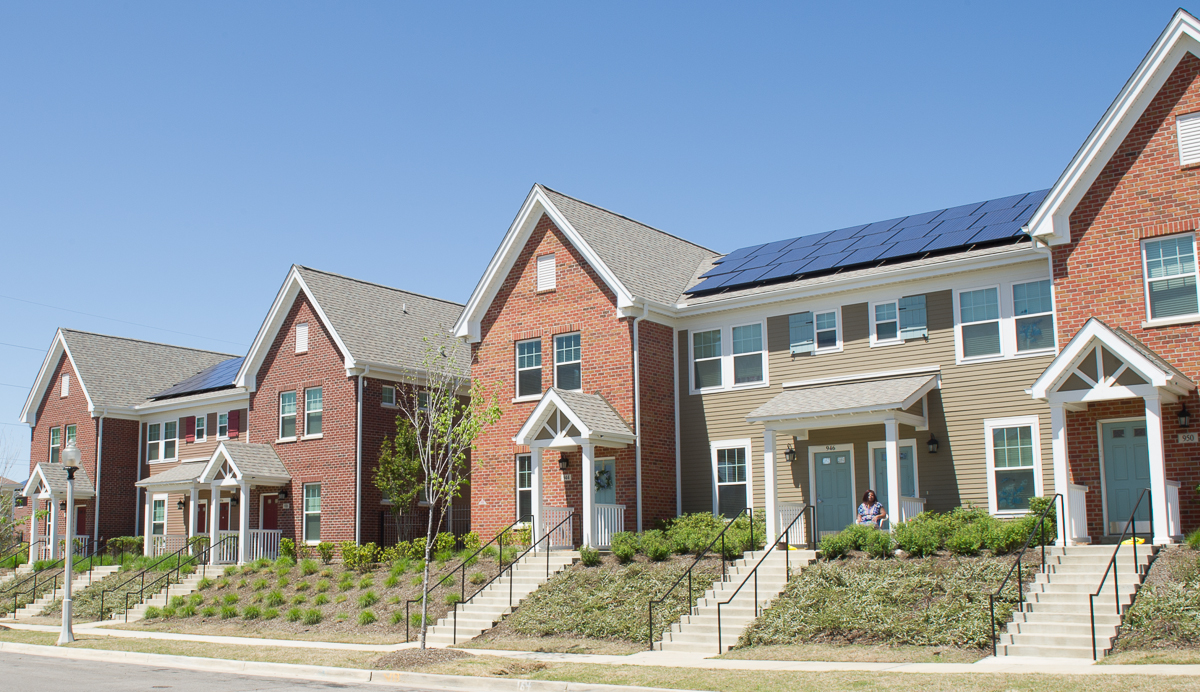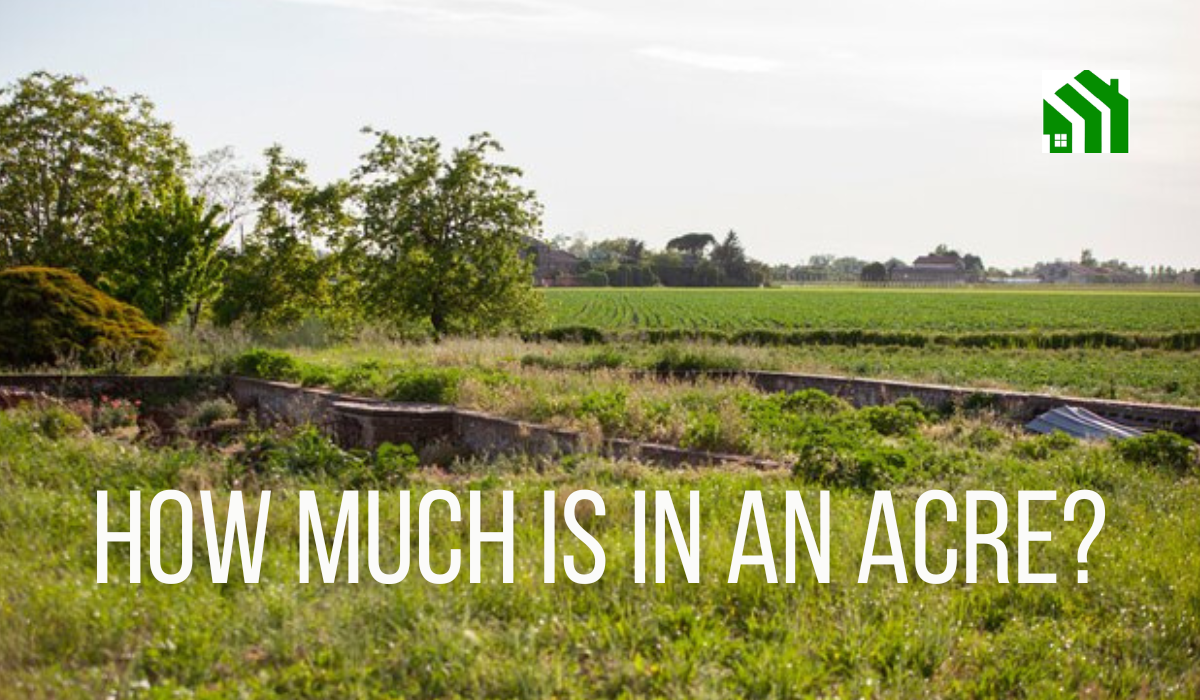Chimney inspection is a crucial aspect of home maintenance that often goes overlooked. Many homeowners underestimate the potential risks associated with a neglected chimney, such as chimney fires, carbon monoxide leaks, and structural damage. This article aims to shed light on the importance of chimney inspection and guide you through the process of finding reliable inspection services near you.
Types of Chimney Inspection

Chimney inspections come in different types, each serving a specific purpose in assessing the condition and safety of the chimney. Here are the main types of chimney inspections:
Level 1 Inspection: Routine Checkup
- Conducted in chimneys that are in regular use and have no known problems.
- The inspector examines the readily accessible portions of the chimney, fireplace, and connected appliances.
- Focuses on checking for basic soundness of the chimney structure and flue, as well as the basic appliance installation and connection.
Level 2 Inspection: Detailed Examination
- Recommended when there is a change in the way you use the chimney, such as a new appliance or fuel type, or after an event like a chimney fire or earthquake.
- Includes all the elements of a Level 1 inspection and adds a more in-depth examination, often using video scanning to inspect the internal structure of the chimney.
- Assesses the condition of concealed areas and joints, ensuring safety and compliance with building codes.
Level 3 Inspection: Extensive Investigation
- Conducted when serious hazards are suspected, and it may require removal of components of the building or chimney to fully assess the situation.
- This level is less common and is typically reserved for situations where Level 1 and Level 2 inspections have indicated a significant problem that requires a more intrusive approach.
- May involve access to concealed areas, removal of certain components, and thorough investigation of the chimney system.
These levels are standardized by organizations such as the Chimney Safety Institute of America (CSIA) to ensure a consistent and comprehensive approach to chimney inspections. The appropriate level of inspection depends on factors like the history of chimney use, any changes in usage or appliances, and any signs of potential issues. Regular inspections help maintain the safety and efficiency of your chimney system.
Signs Your Chimney Needs Inspection

Recognizing signs that your chimney needs inspection is crucial for maintaining a safe and efficient home. Here are key indicators that it’s time to schedule a chimney inspection:
Soot Buildup
Excessive soot inside the chimney can indicate incomplete combustion. If you notice a significant buildup, it’s essential to have your chimney inspected to identify and address potential issues.
Creosote Accumulation
Creosote, a byproduct of burning wood, can accumulate in the chimney. A thick layer of creosote increases the risk of chimney fires. Regular inspection ensures that creosote is removed before it becomes a serious threat.
Cracks or Deterioration
Visible cracks in the chimney structure or signs of deterioration on the exterior can be indicators of structural issues. Inspection helps identify and address these problems before they worsen.
Strange Odors
Unusual odors, especially strong smoky or musty smells, may suggest a blockage or buildup in the chimney. Inspection helps identify and eliminate the source of these odors.
Smoke Inside the Home
If you notice smoke inside your home when using the fireplace or stove, it could indicate a drafting problem or blockage in the chimney. Immediate inspection is necessary to ensure safe operation.
Water Leaks
Water stains on the interior walls near the fireplace or chimney can indicate a leak. Inspection helps identify the source of the leak and prevents water damage and deterioration.
Animal Nests or Debris
Presence of animal nests, leaves, or other debris in the chimney can obstruct proper ventilation. An inspection ensures that the chimney is clear of any blockages.
Visible Damage to the Chimney Cap or Crown
Damage to the chimney cap or crown can expose the chimney to the elements, leading to water damage. Regular inspection helps identify and address issues with these protective components.
Flue Damper Issues
Difficulty in opening or closing the flue damper may indicate a mechanical problem. An inspection ensures that the damper functions correctly for proper ventilation.
Previous Chimney Fires
If you have experienced a chimney fire, even a minor one, it’s imperative to have a thorough inspection. Chimney fires can compromise the integrity of the chimney, and identifying any damage is crucial for safety.
Regular chimney inspections, coupled with prompt action when warning signs arise, are essential for preventing hazards and maintaining a safe and functional chimney system. If you notice any of these signs, don’t hesitate to schedule a professional inspection.
Finding Chimney Inspection Services Near Me

Locating reliable chimney inspection services in your local area involves a strategic approach. Here’s a guide to help you find the right professionals near you:
Local Directories
Check local business directories, either online or in print. Look for chimney inspection services, chimney sweeps, or fireplace professionals in your area. These directories often provide contact information and basic details about the services offered.
Online Search Engines
Utilize popular search engines such as Google, Bing, or Yahoo. Enter keywords like “chimney inspection services near me” along with your location. The search engine will generate a list of local providers, and you can explore their websites for more information.
Online Review Platforms
Visit online review platforms like Yelp or Angie’s List to read reviews and recommendations from other homeowners. Reviews can offer insights into the quality of service provided by chimney inspection companies in your area.
Chimney Sweep Associations
Check if there are local or national chimney sweep associations or organizations. These groups often have directories of certified professionals. The Chimney Safety Institute of America (CSIA) is a well-known organization that certifies chimney sweeps.
Home Services Apps
Explore home services apps or websites like Thumbtack, HomeAdvisor, or TaskRabbit. These platforms connect homeowners with local service professionals, including chimney inspectors.
Ask for Recommendations
Seek recommendations from friends, family, or neighbors who have recently had their chimneys inspected. Personal referrals can provide valuable insights into the reliability and quality of services offered by local professionals.
Local Hardware or Fireplace Stores
Visit local hardware stores or stores specializing in fireplaces and stoves. They often have connections with chimney professionals and may be able to provide recommendations.
Certifications and Credentials
Look for chimney inspection services with proper certifications and credentials. The Chimney Safety Institute of America (CSIA) certification is a notable indication of a chimney sweep’s expertise. Verify these credentials on the service provider’s website or by contacting the certifying organization.
Insurance and Licensing
Ensure that the chimney inspection service you choose is properly licensed and insured. This ensures that the professionals meet industry standards and are covered in case of any accidents during the inspection.
Contact Multiple Services
Once you’ve identified potential chimney inspection services, contact them to inquire about their services, pricing, and availability. Ask for references if needed and choose a service that aligns with your requirements and budget.
By combining these methods, you can find reputable chimney inspection services near you, ensuring that your chimney is professionally assessed for safety and functionality.
Cost of Chimney Inspection Services

The cost of chimney inspection services can vary based on several factors. Here are key considerations that influence the pricing:
1. Type of Inspection:
The level of inspection required significantly affects the cost. Level 1 inspections, which are more basic and routine, are generally less expensive than Level 2 or Level 3 inspections, which involve more in-depth assessments.
2. Chimney Condition:
The overall condition of your chimney and fireplace system can impact the cost. If there are existing issues, such as extensive soot or creosote buildup, structural damage, or the need for repairs, it may increase the overall cost of the inspection.
3. Location
The cost of chimney inspection services can vary based on your geographical location. Urban areas and regions with higher living costs may have higher service fees compared to rural areas.
4. Accessibility:
If your chimney is challenging to access or requires special equipment for inspection, it may contribute to a higher cost. Factors such as the height of the chimney, its location on the roof, and the overall accessibility play a role in determining the price.
5. Additional Services:
Some chimney inspection services may include additional services, such as chimney cleaning, repairs, or the installation of chimney caps. These extra services can increase the overall cost.
6. Professional Qualifications:
The qualifications and certifications of the chimney inspection service provider can influence the cost. Certified professionals, especially those with accreditation from organizations like the Chimney Safety Institute of America (CSIA), may charge higher fees for their expertise.
7. Emergency or Expedited Services:
If you require immediate or expedited chimney inspection services, it may come at a higher cost. Emergency services or appointments outside regular working hours might incur additional charges.
8. Market Competition:
Local market dynamics and competition among chimney inspection service providers can impact pricing. Obtain quotes from multiple services to compare costs and ensure they align with the prevailing rates in your area.
It’s advisable to request quotes from several chimney inspection services in your local area to get a better understanding of the average cost. Ensure that the quotes include details about the type of inspection being performed and any additional services that may affect the overall price. Choosing a reputable service provider with a transparent pricing structure is essential for getting a thorough and cost-effective chimney inspection.
Frequency of Chimney Inspections

The frequency of chimney inspections depends on several factors, including usage, the type of fuel burned, and the condition of the chimney. Here’s a general guideline for chimney inspection frequency:
1. Annual Inspections:
For chimneys that are regularly used, such as those connected to wood-burning fireplaces or stoves, it’s recommended to have an annual inspection. This helps identify and address any issues promptly, ensuring the safe and efficient operation of the chimney.
2. After Changes in Usage:
If you’ve made changes to your heating appliance, switched to a different type of fuel, or altered the way you use your chimney, it’s advisable to schedule an inspection. Changes in usage can impact the performance and safety of the chimney system.
3. After Chimney Fires:
If you’ve experienced a chimney fire, even a minor one, an immediate inspection is crucial. Chimney fires can damage the chimney’s structure and compromise its safety, making a post-fire inspection essential.
4. Following Severe Weather Events:
Severe weather events, such as earthquakes or storms, can affect the integrity of the chimney. After such events, it’s recommended to have a thorough inspection to assess any potential damage.
5. When Buying or Selling a Home:
If you’re buying a new home with an existing chimney or selling a property with a chimney, it’s wise to have a comprehensive inspection. This provides assurance to both buyers and sellers regarding the condition and safety of the chimney.
6. If Unusual Issues Arise:
If you notice signs of problems such as smoke inside the home, strange odors, or visible damage to the chimney structure, schedule an inspection promptly. Unusual issues may indicate a need for immediate attention.
By adhering to these guidelines, you can maintain a proactive approach to chimney maintenance and ensure the ongoing safety and efficiency of your heating system. Regular inspections not only prevent potential hazards but also contribute to the longevity of your chimney and reduce the risk of costly repairs in the long run. Always consult with a certified chimney professional to determine the most appropriate inspection schedule based on your specific circumstances.
Conclusion
Chimney inspection is a fundamental aspect of home maintenance that plays a crucial role in ensuring the safety, functionality, and longevity of your chimney and heating system. Understanding the different levels of inspections, ranging from routine checkups to more extensive investigations, empowers homeowners to make informed decisions about the care of their chimneys.
Recognizing signs that your chimney needs inspection, such as soot buildup, creosote accumulation, or visible damage, serves as an early warning system for potential issues. Prompt action in scheduling inspections when these signs arise helps prevent hazards, safeguarding your home and family.
When seeking chimney inspection services, explore local directories, online platforms, and recommendations to find reputable professionals in your area. Consider factors such as certification, licensing, and customer reviews to ensure you choose a reliable service provider.
The cost of chimney inspection services varies based on factors like the type of inspection, chimney condition, and location. Obtaining quotes from multiple providers and understanding the details of the services offered ensures a fair and transparent pricing structure.
Maintaining a regular inspection schedule, especially on an annual basis, promotes ongoing safety and efficiency. Additional inspections may be necessary after changes in usage, chimney fires, severe weather events, or when buying or selling a home.
In essence, investing in chimney inspections is an investment in the safety and well-being of your home. By staying proactive and addressing issues promptly, you contribute to the overall health and performance of your chimney system, providing warmth and comfort for years to come.



